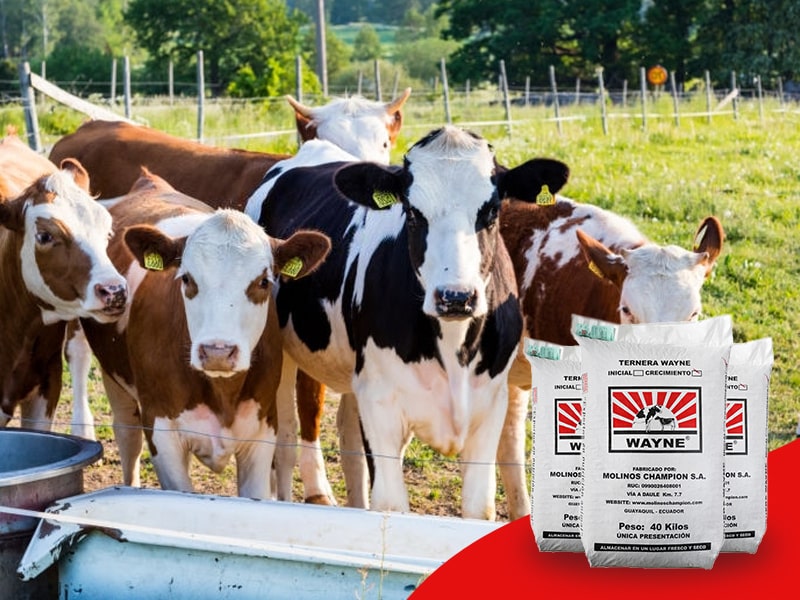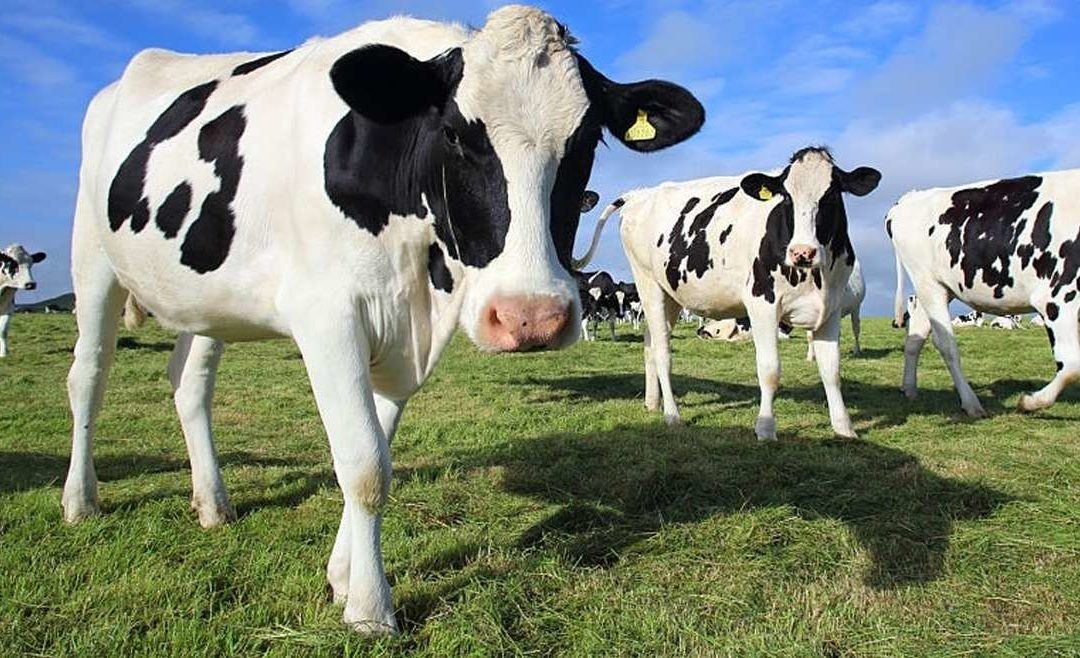Click here for article source from Molinos Champion.
In every dairy herd, heifers and/or heifers constitute the replacement of adult cows that complete their productive life cycle. They also replace those with reproductive problems that make up the discard group.
Therefore, we must pay full attention in terms of handling, feeding, nutrition and health. And in this way, achieve their growth in the shortest possible time.
The main objectives of dairy farms is to increase their bovine production. That is why we must ensure the proper handling of the vaconas. In this way, heifers have their first calving at least at the age of 2.5 years. And consequently each cow will produce more calves during its useful life.
Among the basic elements to consider are:

- Breed Effect : Holstein, Brown Swiss, Jersey genetics reach puberty at shorter ages than Zebu genetics.
- Effect of ambient temperature: Very hot weather can slow growth. This is due to the decrease in dry matter consumption Or also caused by very cold temperatures. Which requires a very high energy consumption to maintain body temperature and slow down growth.
- Food: For this stage, the diet is key in the speed of growth. Therefore, it is essential to feed them with excellent quality forages, plus an overfeeding with which provides high levels of protein to improve daily weight gain.
- Gestational age: It is generally accepted that the minimum age at which a vacona must be gestated is 14 to 15 months as long as it is in excellent body condition and depending on the breed with the minimum weight.
